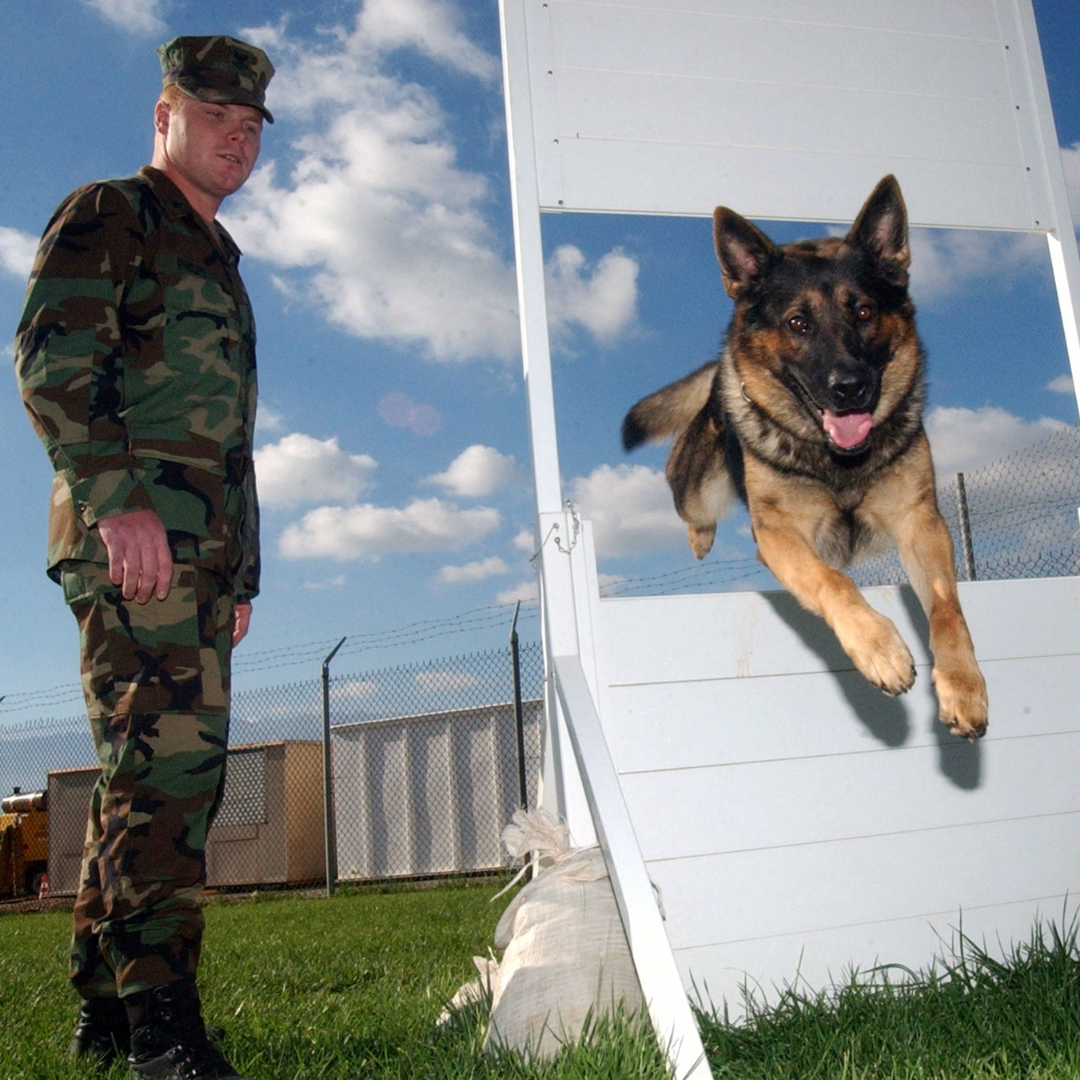Dog Training Charlotte NC: Your Path to a Mannerly Dog
Wiki Article
The Ultimate Overview to Dog Training: Structure a Pleased, Obedient Animal
Efficient pet dog training is a diverse process that hinges on a deep understanding of canine behavior and the application of proven strategies. By welcoming favorable reinforcement and constant command use, pet dog proprietors can grow not only obedience yet likewise a solid, trusting relationship with their pet dogs.
Understanding Canine Actions
Exactly how does a pet dog's behavior mirror its psychological and psychological state? A pet dog's activities can serve as a home window right into its sensations, requirements, and general psychological well-being.Body movement also plays an important function in recognizing canine actions. An unwinded posture and open mouth signal convenience, whereas tense muscles and pinned ears might recommend anxiousness or aggressiveness. Observing these signals is necessary for determining the source of a pet's actions, whether it originates from stress, fear, or enjoyment.
In addition, a pet's interaction with its atmosphere and other animals can offer insight into its mood. As an example, a canine that engages happily with other canines is most likely sensation social and safe and secure, while one that exhibits avoidance or hostility might be experiencing stress or instability. Understanding these behavior hints is vital for fostering a solid relationship in between the family pet and the owner, eventually adding to the canine's psychological wellness and well-being.
Important Training Strategies
Reliable dog training techniques are essential for promoting desirable habits and enhancing the bond between a canine and its proprietor. Making use of favorable support is one of one of the most reliable techniques, where benefits such as deals with, praise, or playtime are offered to enhance desired behaviors (Dog training). This urges the canine to repeat those behaviors, producing a favorable knowing environmentConsistency is another critical aspect in pet training. Commands must be clear and uniform, and all relative should apply the very same policies to avoid confusing the canine. Timing is similarly vital; incentives should be provided immediately after the desired habits to establish a clear link in between the action and the reward.
Furthermore, appealing and brief training sessions work, as dogs have varying attention spans. Go for sessions of 5 to 15 mins, depending upon the dog's age and power degree. Including play right into training can likewise improve inspiration and enjoyment for both the pet dog and the owner.
Finally, persistence is essential. Dogs find out at their very own speed, and keeping a tranquil temperament will certainly help alleviate stress, guaranteeing a positive training experience. These essential strategies lay the foundation for successful dog training and a harmonious connection.
Basic Commands to Teach

Usage deals with, praise, and play to award your dog's successes. By instilling these basic commands, proprietors furnish their dogs with the abilities essential for a well-behaved and harmonious connection.
Dealing With Usual Behavioral Problems
Understanding and dealing with usual behavior concerns in pets is crucial for fostering an unified partnership between pet dogs and their owners. Lots of dogs display habits such as excessive barking, chewing, or aggression, which can originate from anxiousness, dullness, or lack of appropriate training. Recognizing the source of these behaviors is the very first step towards effective intervention.For instance, excessive barking might show a requirement for attention or a response to environmental stimulations. In such cases, proprietors ought to analyze the pet's setting and offer ample psychological stimulation, such as interactive playthings or normal workout. Chewing can frequently be handled by rerouting the behavior to appropriate eat items and guaranteeing that blog here the pet dog has adequate physical task to minimize dullness.
Aggressive habits requires cautious handling and may demand specialist training help. It's important to understand that punishment can intensify anxiety and aggression, leading to a cycle of behavioral concerns. Instead, emphasis on favorable support methods to compensate preferable behaviors and enhance a sense of safety and security.
Structure a Positive Training Setting
Producing a favorable training setting is basic for enhancing preferable actions in dogs and mitigating behavior problems. This setting should be defined by consistency, support, and a clear understanding of the training purposes. By developing a routine, pet dogs learn what is expected of them, which aids reduce anxiety and confusion.Making use of favorable support strategies, such as treats, appreciation, and play, cultivates a sense of security and inspiration in the pet. Rewarding good habits instantly and constantly reinforces the preferred actions, making the training procedure extra efficient - Dog training. Additionally, instructors ought to remain individual and tranquility, as pets are delicate to their trainers' emotions
The training space need to be without diversions to ensure the canine can focus on the tasks handy. Take into consideration making use of a peaceful area or a protected outside area. In addition, integrating play and socializing into training sessions advertises a well-rounded strategy, boosting the dog's discovering experience.
Inevitably, a favorable training setting supports a strong bond between the pet and handler, causing a loyal, satisfied pet dog. By prioritizing this setting, pet dog owners can efficiently attend to behavioral obstacles and grow a successful training journey.
Verdict
Effective canine training counts on a comprehensive understanding of canine behavior and the application of positive reinforcement strategies. Adopting these principles makes sure a satisfying training experience for both dogs and their owners.Efficient canine training is a diverse procedure that hinges on a deep understanding of canine behavior and the application of proven methods. A canine that engages playfully with various other pet dogs is most likely sensation protected and social, while one that exhibits avoidance or aggressiveness may be experiencing tension or insecurity.Effective dog training strategies are essential for cultivating preferable habits and enhancing the bond in between a pet and its owner.Producing a favorable training environment is fundamental for enhancing preferable habits in canines and minimizing behavior issues.Efficient pet training relies on a detailed understanding of canine habits and additional hints the application of favorable reinforcement techniques.
Report this wiki page